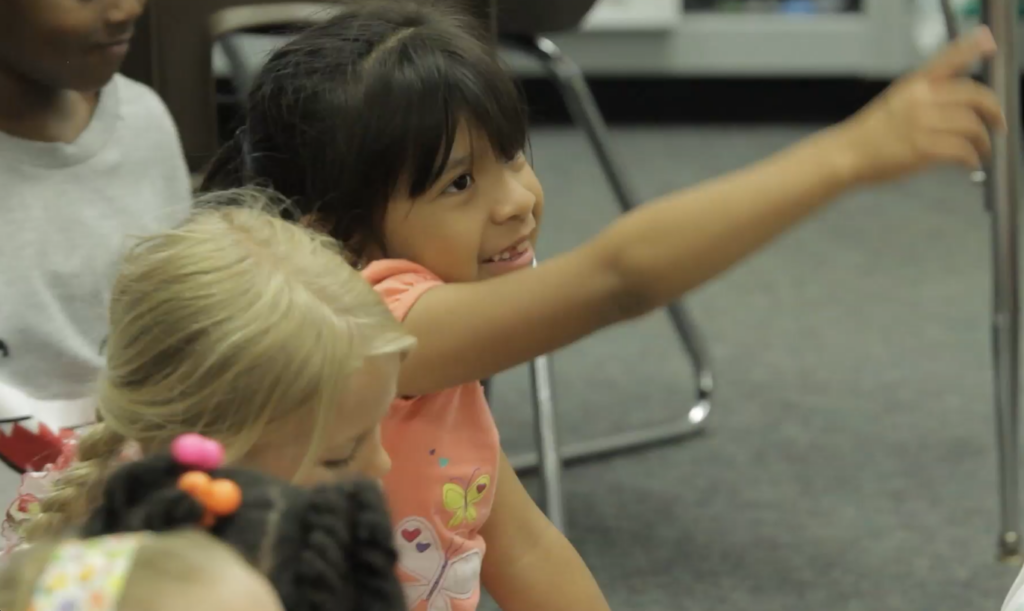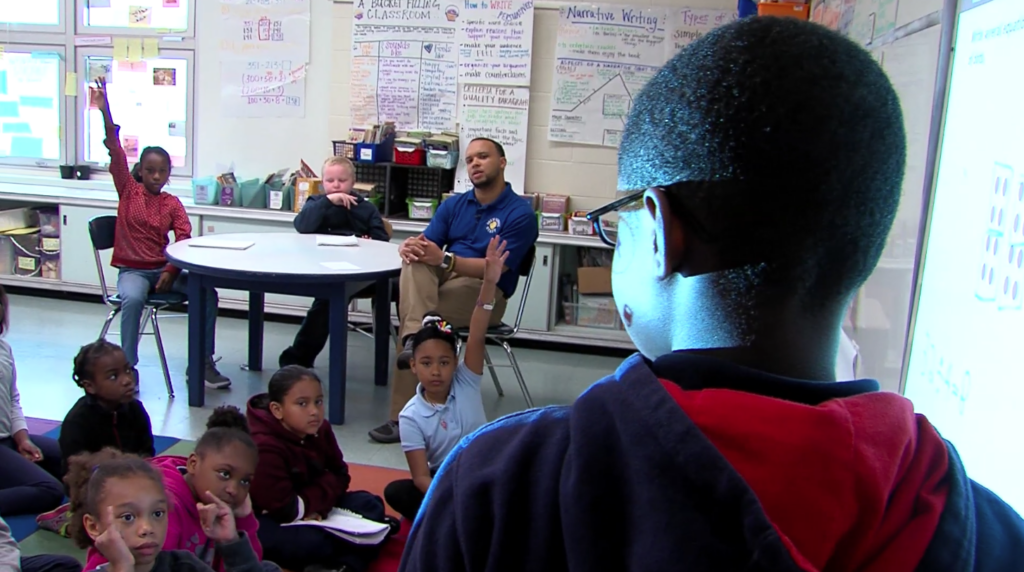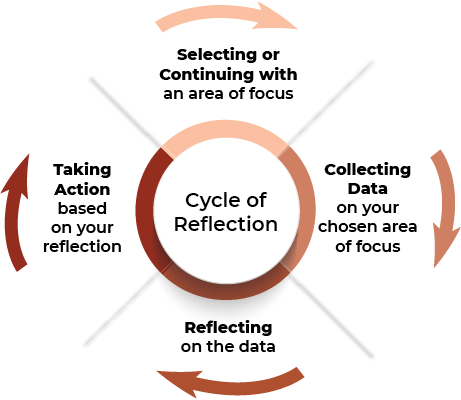A Teacher Reflection Tool to Support Equitable Participation in Whole Class Discussions
December 6, 2023
— Kiara, Grade 3 Teacher
“It makes you slow down, this tool. Like it really makes you not go on autopilot, because you want to be very intentional to respond to what you’re seeing.”

Whole class discussions play an essential role in elementary students’ mathematical learning. They are a place for students to move their math understanding forward, to share their strategies and thinking, to learn from others, and to strengthen their mathematical identities and sense of agency. Deborah Ball has said, “Classrooms that are rich in mathematical discourse and discussion are crucial for empowering young people. They are also high-risk for reproducing patterns of racism and marginalization” (Ball, 2019, slide 11). Students can feel disrespected, shut down, or not heard by others. They may be reluctant to share because they don’t feel confident in their mathematical knowledge or in their ability to communicate their ideas. Therefore, it is important to pay attention to and reflect on students’ participation in whole class discussions in order to bring about more equitable participation.
Interested in thinking about how teachers can achieve more equitable participation in whole class discussions, our team worked together with a group of teachers to create, try out, and revise a teacher reflection tool. This tool was designed to provide a structure for reflecting on students’ participation and on instructional decisions that may affect it, such as which types of questions are asked of which students, and how students’ contributions are responded to.

Given that teachers’ perceptions of what happens during whole-class conversations can be affected by implicit biases, personal experiences, and their focus on the myriad of aspects of facilitating discussions, the Teacher Reflection Tool for Whole Class Discussions involves teachers in evidence-based reflection. They collect data in their classroom related to student participation and reflect on that data. The tool offers three possible areas of focus:
- Student Participation. Teachers collect data and reflect on how often students share during a discussion and on whether there are students who want to share but are not called on.
- Questions Posed to Students. Teachers collect data and reflect on which types of questions they are posing, to which students.
- Responses to Student Contributions. Teachers collect data and reflect on how they and students respond to particular students’ contributions.
Tara, a 5th grade teacher from the teacher group, used the tool to reflect on which of her students were responding to which types of questions:
For the Whole Class Discussion tool what I focused on most was the kind of questions I was asking and then who was answering them. So that helped me be aware of the types of questions [I was asking]. I do a lot of open-ended questions, which can be really helpful, but it also does sometimes limit who is participating and whether they feel comfortable until we’ve built up that self-image. So, it helped me think about ways to make sure kids could feel more included.
The Teacher Reflection Tool engages teachers in cycles of reflection. They collect data and reflect on it, but also take some kind of action based on their reflection—a key element to bringing about more equitable participation.

This type of reflection should not be a one-time thing. Engaging in ongoing cycles of evidence-based reflection offers the best opportunity to affect student participation in a classroom. Doing multiple cycles on a particular area of focus allows a teacher to consider the impact of the changes they made and to take additional action based on the new data they collect.
In a recent blog post, Lynne Godfrey wrote, “By intentionally posing questions about instructional practices and decisions, and collecting data to determine whose ideas are being heard and valued and which students are being positioned as math doers and thinkers, we can begin to assess the effectiveness of practices on students’ math identity. Explicitly tracking this kind of data can help us ‘cut across the blur of memory and give better information about actual practice’ (Wamstead, 2021.)”
Tracking and reflecting on what happens in whole class discussions, and then taking some action, can help a teacher slow down and purposefully focus on student participation. Such a focus, sustained over time, can help teachers achieve more equitable participation in their classrooms.
Note: This blog is the third in a series about teacher reflection. Read the first and second. The fourth will focus on teachers’ experiences with a tool designed to support reflection on whole class discussions.
References
Ball, D. L. (2019, April 4). The power of teaching [PowerPoint slides]. National Council of Teachers of Mathematics. Retrieved from https://static1.squarespace.com/static/577fc4e2440243084a67dc49/t/5ca76 a3b90b1e600012f7c7c/1554475585731/040419_NCTM_lead+speaker+presentation.pdf
Godfrey, Lynne (2023, November 8). Using Teacher Self Reflection to Foster Equitable Learning Communities. Math Equity Forum Blog.
The Math Equity Forum at TERC. (2023, December). Teacher Reflection Tool: Equitable Participation in Whole Class Math Discussions. Forum for Equity in Elementary Mathematics.
Wamstead, Jay. (January 22, 2021.) A Simple Way to Self-Monitor for Bias. Retrieved from https://www.edutopia.org/article/simple-way-self-monitor-bias

Search for related blog posts
